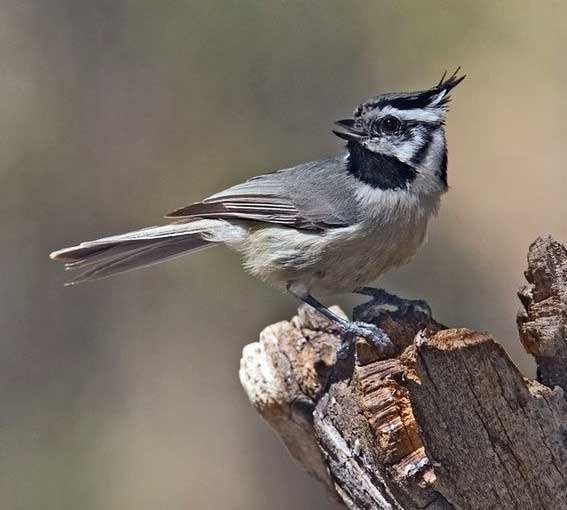
Baeolophus wollweberi (*)
Superregnum: Eukaryota
Regnum: Animalia
Subregnum: Eumetazoa
Cladus: Bilateria
Cladus: Nephrozoa
Superphylum: Deuterostomia
Phylum: Chordata
Cladus: Craniata
Subphylum: Vertebrata
Infraphylum: Gnathostomata
Superclassis: Tetrapoda
Cladus: Reptiliomorpha
Cladus: Amniota
Classis: Reptilia
Cladus: Eureptilia
Cladus: Romeriida
Subclassis: Diapsida
Cladus: Sauria
Infraclassis: Archosauromorpha
Cladus: Crurotarsi
Divisio: Archosauria
Subsectio: Ornithodira
Subtaxon: Dinosauromorpha
Cladus: Dinosauria
Ordo: Saurischia
Cladus: Theropoda
Cladus: Neotheropoda
Infraclassis: Aves
Ordo: Passeriformes
Subordo: Passeri
Infraordo: Passerida
Familia: Paridae
Genus: Baeolophus
Species: Baeolophus wollweberi
Subspecies: B. w. caliginosus – B. w. phillipsi – B. w. vandevenderi – B. w. wollweberi
Name
Baeolophus wollweberi (Bonaparte, 1850)
Synonyms
Lophophanes wollweberi (protonym)
Parus wollweberi
References
Comptes Rendus Hebdomadaire des Séances de l'Académie des Sciences [Paris] 31: 478.
Vernacular names
čeština: Sýkora uzdičková
Cymraeg: Titw ffrwynog
Deutsch: Zügelmeise
English: Bridled Titmouse
Esperanto: Strivizaĝa paruo
español: Herrerillo embridado
français: Mésange arlequin
magyar: Kantáros cinege
Nederlands: Harlekijnmees
Diné bizaad: Chʼíshiisháshii
svenska: Tygelmes
Tiếng Việt: Bạc má mặt vênh
The bridled titmouse (Baeolophus wollweberi) is a small songbird, a passerine bird in the tit family Paridae.
These birds range from 11.5 – 12.7 cm. (4.5 to 5 in.) long. It is small, crested and gray with a black and white patterned face, a black bib. Its crest is boarded with black and white (sometimes gray) underparts. A standard nest ranges from 5 – 9 eggs colored white, speckled, or reddish brown.[2]
Their preferred habitat are oak or oak-juniper mixed woodland riparian areas of mountains in eastern and southeastern Arizona – (the Mogollon Plateau and White Mountains of Arizona), and extreme southwestern New Mexico – (the Madrean sky islands region of the eastern Sonora Desert) in the United States to southern Mexico. They nest in a hole in a tree, either a natural cavity or sometimes an old woodpecker nest found 4 – 28 ft. off the ground. They line the nest with soft materials. Usually built from loose cups of cottonwood down, stems, leaves, and grass.[2]
These birds are permanent residents and may join small mixed flocks in winter. They forage actively on branches, sometimes on the ground, mainly eating insects, especially caterpillars, but also seeds, nuts and berries. They will store food for later use. The song is usually described as a whistled pidi-pidi-pidi-pidi. They make a variety of different sounds, most having a similar tone quality.
References
BirdLife International (2016). "Baeolophus wollweberi". IUCN Red List of Threatened Species. 2016: e.T22711969A94313749. doi:10.2305/IUCN.UK.2016-3.RLTS.T22711969A94313749.en. Retrieved 12 November 2021.
Book of North American Birds. Pleasentville: Readers Digest, 1990. pg 232. Print.
Retrieved from "http://en.wikipedia.org/"
All text is available under the terms of the GNU Free Documentation License

